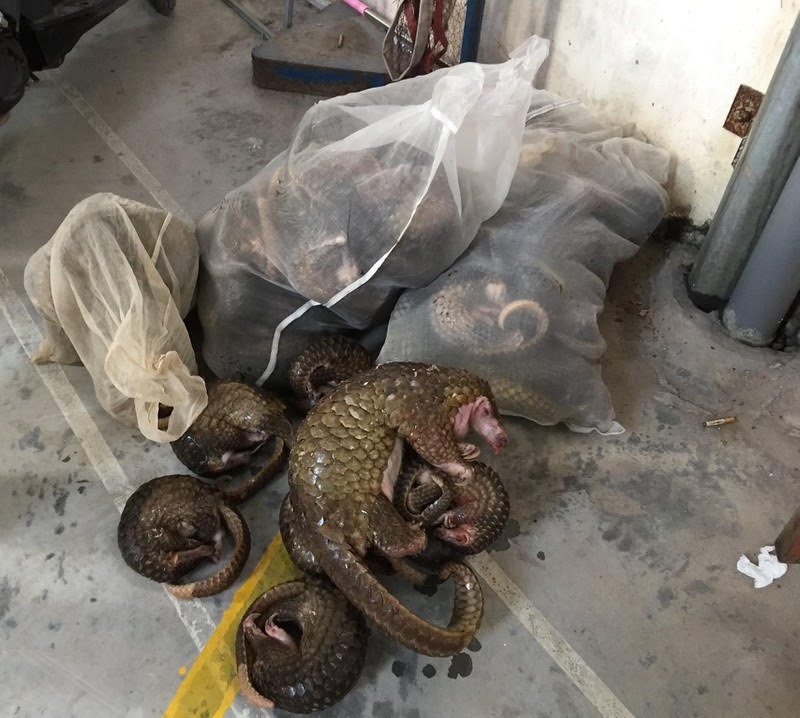Despite two decades of worldwide efforts, more than 4,000 precious wildlife species still fall prey to trafficking every year, a new report by the UN crime and drugs prevention office, UNODC, showed on May 13.

Illustration image. Source: nhandan.vn
“Wildlife crime inflicts untold harm upon nature and it also jeopardizes livelihoods, public health, good governance and our planet’s ability to fight climate change,” said Ghada Waly UNODC Executive Director.
Latest data on seized trafficked species from 2015 to 2021 across 162 countries and territories indicates that illegal trade affects roughly 4,000 plant and animal species with approximately 3,250 listed under the Convention on International Trade in Endangered Species of Wild Fauna and Flora (CITES).
Over the reporting period, law enforcement bodies confiscated 13 million items totaling more than 16,000 tones.
Although there are positive signs that trafficking of some iconic species has decreased, including elephants and rhinoceroses - thanks to the dismantling of large trafficking networks and the suppression of demand in key markets - the overall picture is still gloomy for thousands of protected plants and animals.